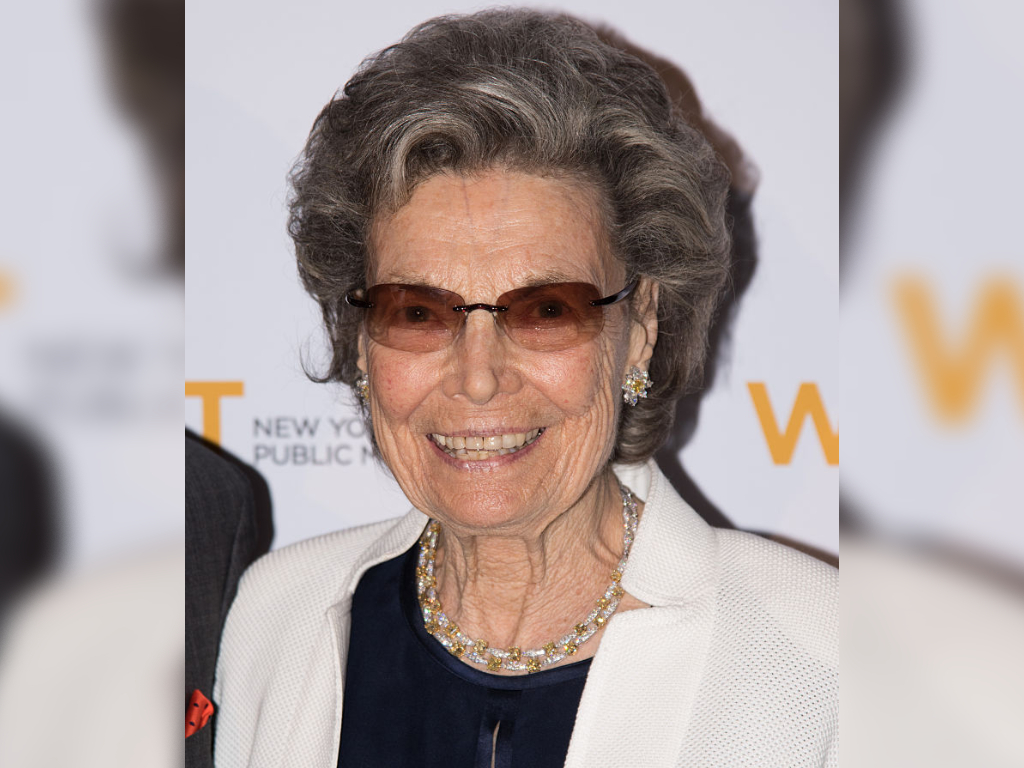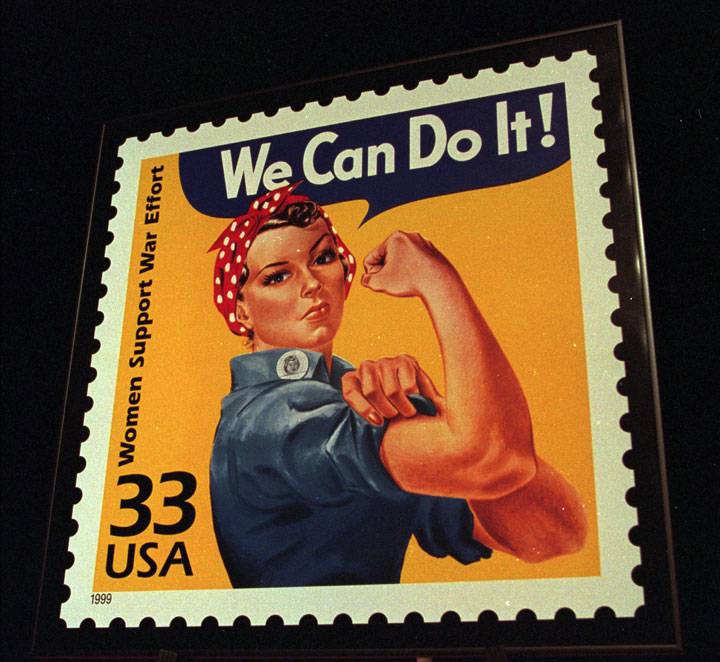Rosalind P. Walter, whose hard-working image inspired the original “Rosie the Riveter” character, died at the age of 95 on Wednesday.

PBS announced Walter’s death through its flagship New York station, WNET-TV, on Thursday. She supported the station through the Rosalind P. Walter Foundation, according to WNET-TV.
“During World War II, ‘Roz’ inspired the creation of Rosie the Riveter, a song about civilian women employed in the war industry,” the station said.
Many will recognize the iconic image of “Rosie” in blue coveralls and a red bandanna, holding her flexed forearm, as a famous symbol of can-do feminism from the Second World War.
Multiple women have been identified over the years as possible models for Rosie, but Walter was the original muse for the character. She spent a year as a night-shift welder at the Sikorsky aircraft plant in Bridgeport, Conn., at the age of 19. An interview she gave at the time inspired the 1942 song Rosie the Riveter, per WNET.
The song is about women making history by taking on jobs traditionally “male” jobs while most of the United States’ men were deployed overseas during the Second World War.

Get daily National news
“All the day long, whether rain or shine / She’s a part of the assembly line / She’s making history, working for victory / Rosie, brrrrrrrrrrr, the riveter,” the first verse reads.
https://www.youtube.com/watch?v=AE2z_N1fM5E
The next stanza continues: “Keeps a sharp lookout for sabotage / Sitting up there on the fuselage / That little frail can do more than a male can do / Rosie, brrrrrrrrrrr, the riveter.”
Walter was born in 1924 to a wealthy family in Long Island, where she grew up.
While she was working in Connecticut, the New York Times reports, newspaper columnist Igor Casini profiled her. The piece was seen by songwriters Redd Evans and John Jacob Loeb, who wrote the song about her.
Norman Rockwell went on to paint Mary Doyle Keefe, another “Rosie,” sitting with a gun on her lap and a sandwich in her hand. Keefe died in 2015 at the age of 92.
The iconic poster, according to the Tampa Bay Times, was never meant to be seen by the public. It appeared in Westinghouse Electric plants in 1943 before reemerging as the feminist image many know it as today in the 1980s.
Over the years, WNET says, Walter served on various boards, including the American Museum of Natural History, the Paley Center for Media, Grenville Baker Boys & Girls Club and more.
—









Comments